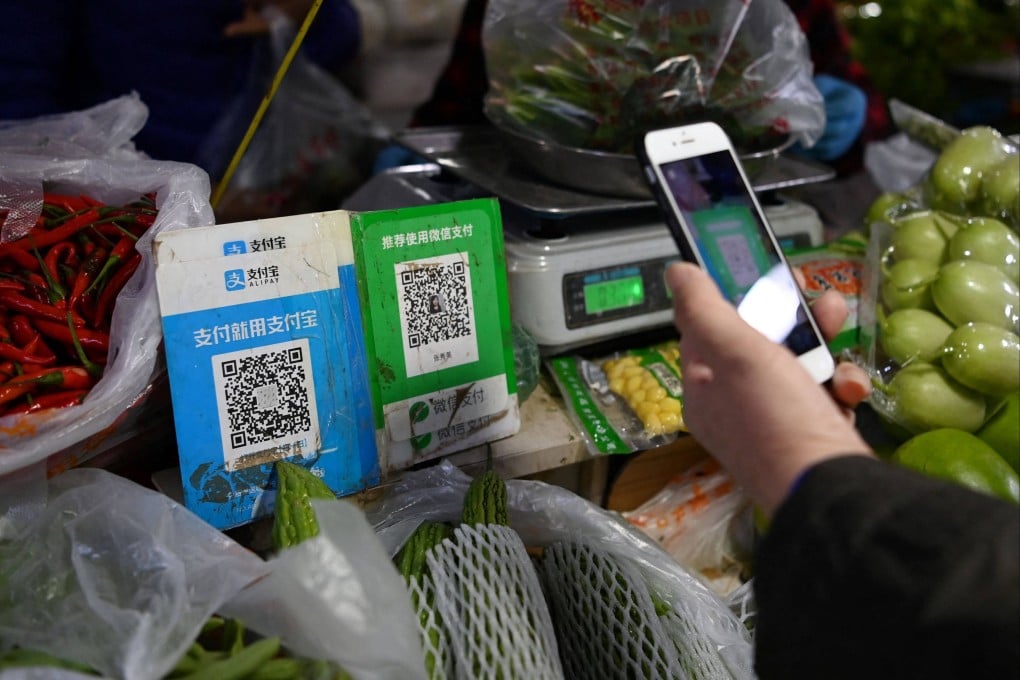Advertisement
Opinion | How I learned to stop worrying and embrace going cashless in China
- The widespread use of mobile payment systems on the mainland is a convenient alternative to cash for workers, customers and entrepreneurs
- History may be repeating itself as China makes significant steps in digital currency and e-payment roll-outs before Western countries
Reading Time:3 minutes
Why you can trust SCMP
13

I recently returned from a week-long trip to mainland China where I was intrigued by the widespread use of mobile payment systems. It was my first trip to the mainland since the outbreak of Covid-19.
Advertisement
On previous trips, I used cash for most payments and credit cards for bigger expenditures. So it wasn’t necessary for me to set up an account with WeChat Pay or Alipay, the mainland’s two major mobile payment methods.
But the recent news that China has become increasingly cashless – with some tourists caught off guard by vendors who didn’t even offer change for cash transactions – got me worried.
As a result, I went to the trouble of setting up a WeChat Pay account before my visit. I’m glad I did because, from the moment I got off the plane to the moment I boarded my flight back home, paying for things became as smooth as it could possibly be.
The two payment QR codes for WeChat Pay and Alipay were nearly everywhere, including at vending machines. Scanning a code to complete a transaction took just seconds. Or you could let the cashier scan the QR code in your phone’s mobile app to make payment.
Advertisement
I used the ride-hailing app Didi Chuxing to book a ride for the first time. The app informed me how much it was going to cost. Afterwards, the exact amount was automatically deducted. As a customer, it’s convenient not to have to deal with coins and notes, and I feel assured that I’m not being overcharged.

Advertisement
